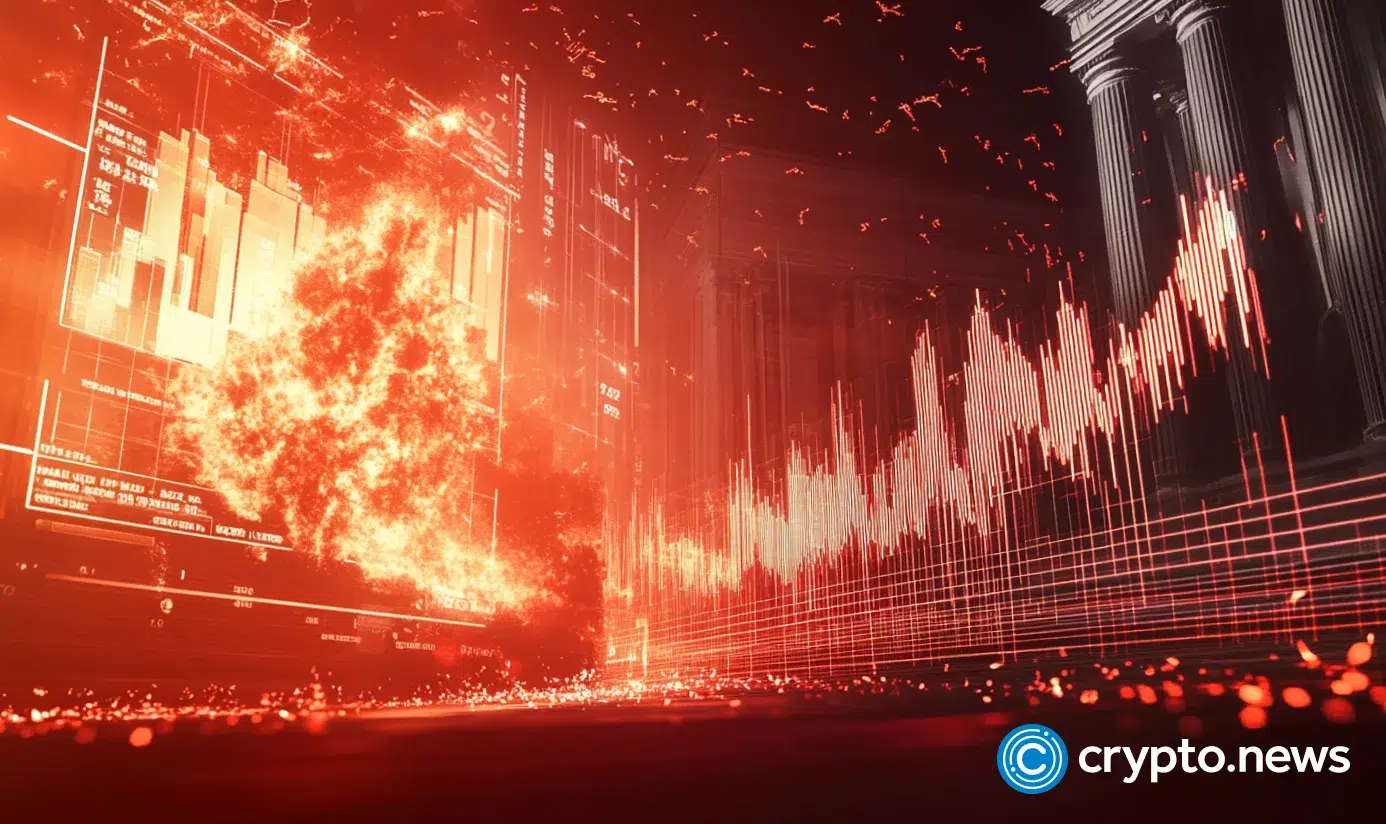Bittensor’s Decentralized AI Studio, Yuma, Launches Asset Management Arm
Yuma, a development studio and accelerator for decentralized AI (deAI) network Bittensor created by Barry Silbert of Digital Currency Group, has introduced Yuman Asset Management, to allow institutional and accredited investors easy access to the deAI ecosystem.
Bittensor is a decentralized network for AI that rewards people for contributing data and computing power to a range of activities in the form of distinct use case-driven entities called “subnets,” that can include things like text translation, fraud detection, image recognition to more esoteric goals like predicting the structure of complex protein chains.
Powered by its native token, TAO, Bittensor aspires to be the “World Wide Web” of AI, by allowing permissionless AI innovation where anyone can build, power, or access models through subnets – an alternative to the centralized infrastructure or corporate-owned AI resources.
Yuma Asset Management, which comes with a $10 million anchor investment from DCG, features two fund strategies investing in subnet tokens, the protocol-native crypto assets of these decentralized contributor networks, denominated in and traded with TAO, according to a press release.
The Yuma Subnet Composite Fund, which is designed for market-cap weighted exposure across all active subnets, is similar to the “NASDAQ Composite” for subnet tokens, DCG said. The Yuma Large Cap Subnet Fund is similar to the “Dow Jones Industrial Average” for subnet tokens, designed for targeted exposure to the top subnets by market capitalization.
Back in the early days of Bitcoin, Silbert did something similar when he launched the Bitcoin Investment Trust in 2013, now Grayscale’s GBTC product. DCG believes that it remains difficult for investors to access Bittensor, or for investors to access AI in general given that the largest AI companies like OpenAI and Anthropic are private. As such, Yuma Asset Management is providing an early and unique bridge to AI for institutions and accredited investors, DCG said.
“Subnet tokens are an emerging asset class, fueled by TAO, that provide investors with unprecedented exposure to a massive wave of AI innovation,” said Yuma CEO Barry Silbert. “The decentralized AI sector has the power to be as transformative as Bitcoin, and Yuma Asset Management is opening the door for investors to access it through Bittensor.”
You May Also Like

MYX Finance price surges again as funding rate points to a crash

Ethereum’s ERC-8004 Brings AI-Driven Economic Potential
